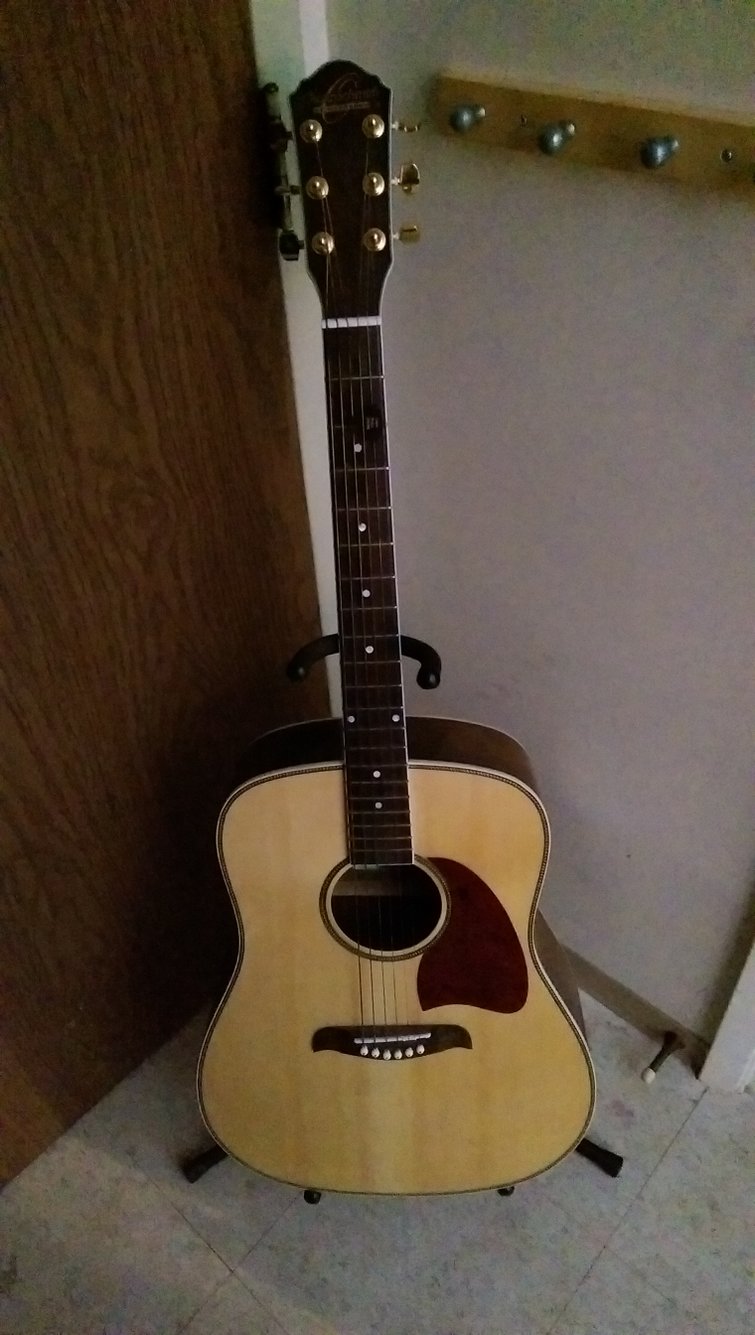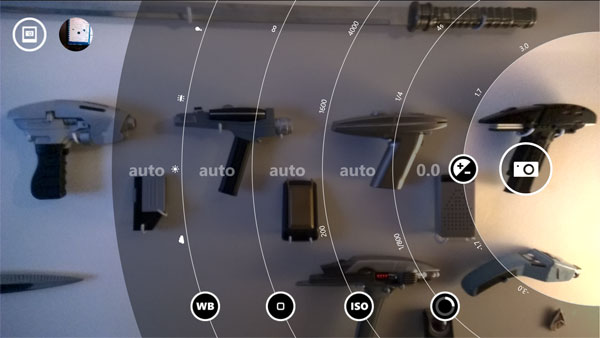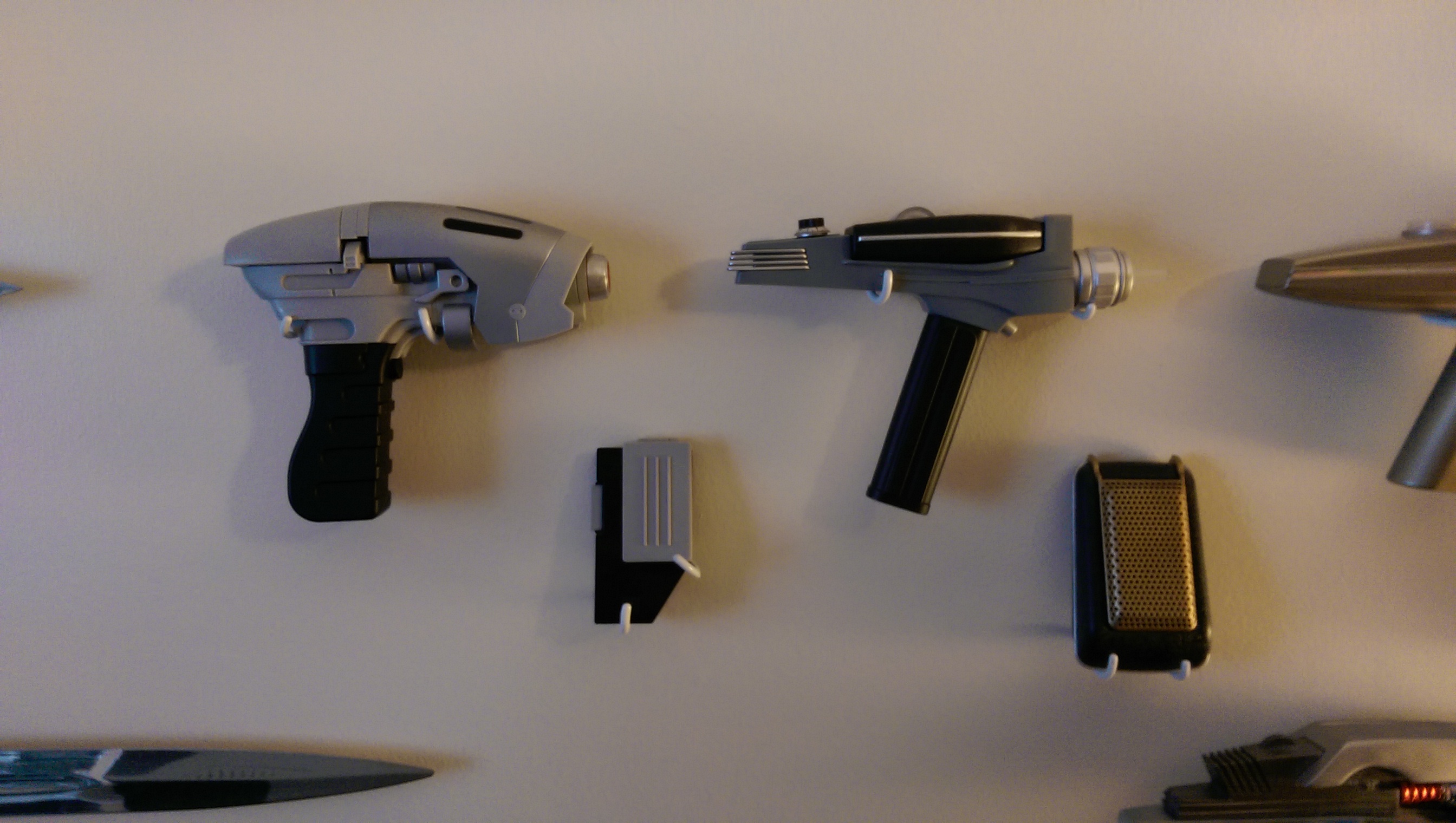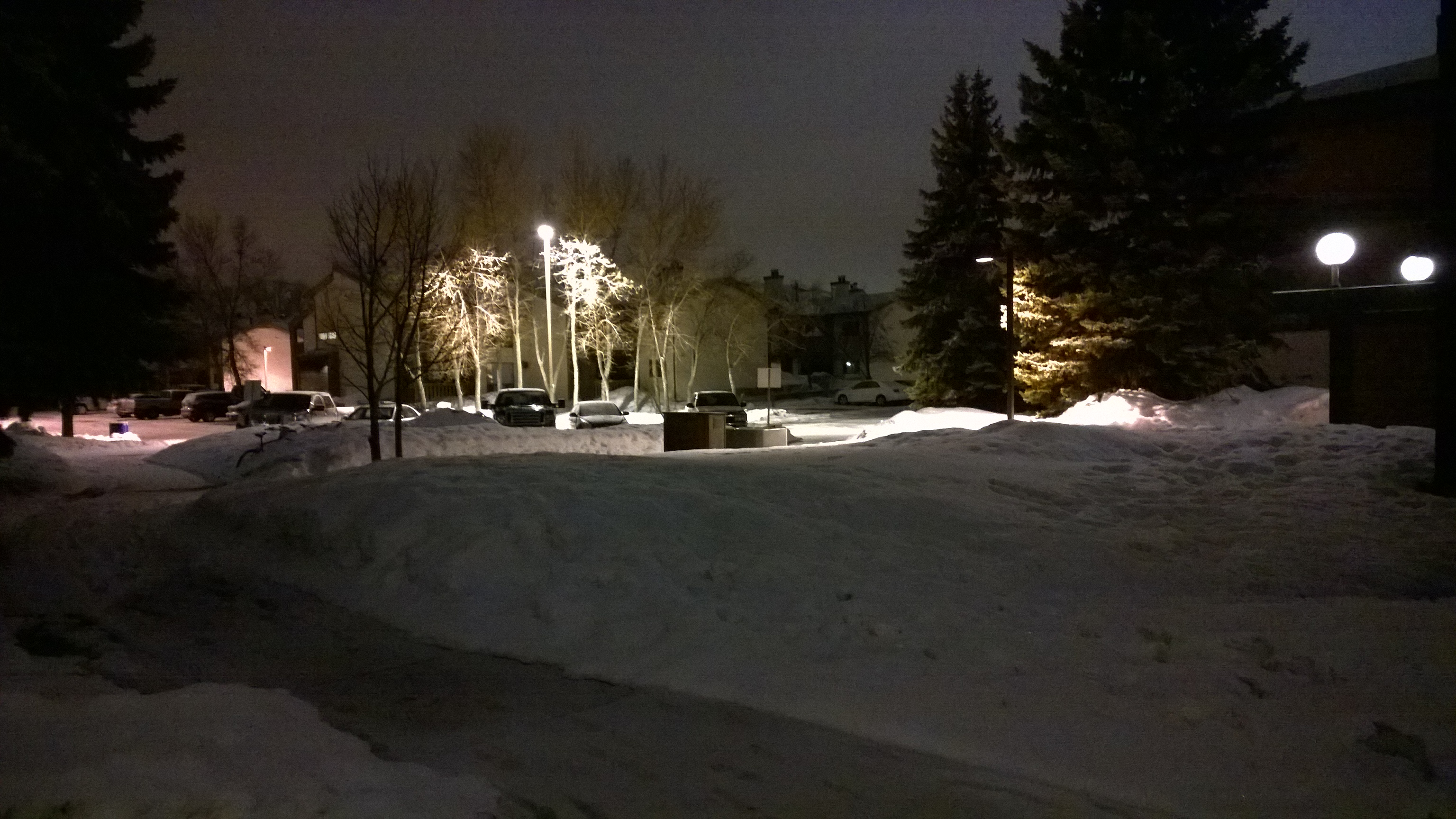Nokia Lumia Icon & Lumia 930 Review: Windows Phone, Premium
We took Nokia's Lumia Icon for a month-long test to really experience life with the company's flagship Windows Phone 8-based platform. Some of the benchmark results from this Snapdragon 800-powered powerhouse may surprise you.
Camera Features And Example Photos
Nokia is synonymous with a superlative "cameraphone" experience, and the Lumia 1020's 40 MP sensor, xenon flash, and six-element lens represent a high water mark in the industry. The Lumia Icon/930 is actually a step back in that regard.
Even still, the Icon's 20 MP sensor, dual-LED flash, f/2.4 aperture, and Carl Zeiss optics with optical image stabilization are top-tier specifications, and they combine to yield impressive results.
Being a Lumia phone, the Icon comes with Nokia's excellent Camera app as the default for image capture. This software combines the functionality of Nokia Pro Cam and Nokia Smart Cam in one package, creating a more convenient experience. While automatic settings are what you start with, there are options to manually set white balance, focus, ISO, shutter speed, and exposure through an intuitive radial menu interface.
The integrated Smart Cam functionality lets you record a sequence, rather than a single photo. This feature snaps 10 pictures in a row at a rate of four per second. But the magic happens after the fact when you're presented with the ability to remove objects, change faces, create a layered action shot, add blur to stationary parts of the scene, or simply select the best picture to save.
Given that the platform is processing all of this in real-time, the results can turn out to be quite impressive. But there's a tradeoff: image quality suffers, presumably as a result of a short exposure. You'll want to limit Smart Cam use to sunlit environments.
You also get the option to take 5 MP images, 5 MP JPG plus 16 MP (16:9)/20 MP (4:3) JPG image sets, or 5 MP JPG plus 16 MP (16:9)/20 MP (4:3) RAW (DNG) image sets.
The 5 MP images are the ones you have total access to from the camera; they're the ones you can post to social media and send to your friends. If you choose to store the larger versions as well, they're only used as reference in case you want to, say, un-zoom a zoomed in picture, or reframe. Full access to the 16/20 MP files is only granted when you hook up to your PC to download them.
Get Tom's Hardware's best news and in-depth reviews, straight to your inbox.
Purists may lament the lack of absolute control over the larger images from the camera's interface. Realistically, though, even five megapixels is overkill for viewing on a 5" display or posting to Facebook. In fact, we've had issues attaching larger images to MMS messages on other phones, so Nokia's approach could be seen as a feature, even.
On the plus side, a large native resolution allows you to losslessly zoom in with a finger swipe on the display.
Where the Icon falters is its speed. Compared to other high-end phones, its camera takes longer to focus, and then to shoot as well. Snapping pictures in rapid succession isn't as bad; this is accomplished by holding down the camera button. Still, that first shot takes longer than I'd expect on a Snapdragon 800-powered platform. The process feels like an eternity compared to the iPhone's seemingly instantaneous response time in bright-light situations (although the iPhone is surprisingly slow to focus when the flash is enabled, according to Basemark OS II's camera test).
Of course, you can take a series of rapidly-captured shots using Nokia's Smart Sequence or a lens app like Microsoft's Blink. But you need time to set it up, and you have to be willing to tolerate the loss of quality. That's a painful limitation when you're scrambling to take a shot you don't control. In essence, the Lumia Icon's camera is at its best when you have the opportunity to think about and frame the scene. Then again, isn't that true for any camera? The ones able to also react quickly are what we consider special.
Let's take a look at the camera's output quality compared to HTC's new One (M8).


In our first low-light shot, the HTC One (M8) picks up more light, while the Lumia has an edge when it comes to detail.


Both cameras do a better job assisted by the flash. The Icon's detail remains crisper, though seemingly warmer as well. HTC's One tends more toward green.
In this shot, the One (M8) struggles with the mediocre light source, while Nokia's Lumia Icon produces a brighter picture with finer detail.
When it comes to colors, the Icon delivers more saturation than HTC's One, which appears muted.
Nokia's 20 MP sensor picks up a lot more detail in this overcast outdoor shot, which is especially obvious when you look at the building in the pop-up version. The Lumia's picture appears to have more saturation, too.
Both cameras suffer from quite a bit of noise at night. Again, the One (M8) produces a brighter image, but loses detail. Nokia's Lumia Icon doesn't incur the yellow tint.
Comparing the cameras on these smartphones, which employ completely different specifications, is interesting. While the HTC One (M8) has a relatively low-resolution 4 MP sensor, it's built for quick response times and light-gathering. That's a reasonable approach for a smartphone, which most folks whip out quickly in social situations.
The Lumia Icon and 930, on the other hand, use a high-resolution 20 MP sensor that doesn't have the same fast response time, but instead offers fine detail. If you value nuanced photography and the ability to reframe and zoom into high-resolution photos after you take them, Nokia's camera would be your weapon of choice.
Current page: Camera Features And Example Photos
Prev Page Availability, Options, And Accessories Next Page Microphones And VideoDon Woligroski was a former senior hardware editor for Tom's Hardware. He has covered a wide range of PC hardware topics, including CPUs, GPUs, system building, and emerging technologies.
-
Amdlova only problem on this phone is (verizon)... if you wanna spend 150us and a 1000 years contract. =) is right that numbers on benchies ? direct 3d working?Reply -
silverblue Sorry for the possible double post, but this comments section is bugged to hell, so...Reply
I'm surprised by the bloat. My 1020 (with Windows Phone 8.1) has 32GB, of which 29 is available, after O2's (slight) footprint. -
vaughn2k I have a Lumia 925. I will wait for the Windows Phone 8.1 update, that it seems promising... So the question if I will switch from IOS/Android to WP, then I guess I did, the 925 seems also a great phone, and the 'Store' has already a quite considerable amount of programs (or Apps)....Reply -
aldaia Wait, a "flagship Windows phone" powered by Qualcomm Snapdragon 800. Intel push into the smartphone market is certainly doomed.Reply -
tomfreak We just need Lumia 1020 sucessor = Lumia 1030 with snapdragon 800 to handle the 40MP picture. A 40MP Lumia 1030 with snapdragon 800 CPU + 2GB RAM + 32GB storage + SD card expansion + a 3000mah battery will be the killer phone that no one is able beat it. Photography takes a lot of battery drain, since thats how Lumia 1020 good at, I just hope Nokia/Microsoft put a much bigger battery inside for successor.Reply -
megamanxtreme All is well, I still got my Lumia 1520, and it still reigns the king. 920/930 with bigger screen, for the win.Reply -
Aoyagi Yeah, nice toys. About what the reviewer wanted, by the looks of it. But using these things as tools rather than toys for consuming media and maybe reading mail? No way.Reply
(I had been using Lumia 920 before I returned to 808 PureView. I still have it for testing purposes)
13186987 said:I'm surprised by the bloat. My 1020 (with Windows Phone 8.1) has 32GB, of which 29 is available, after O2's (slight) footprint.
Most of that is the OS itself. -
satish12321 Dude, how could you forget LIVE TILES. This single handedly put Lumia ahead of its competitors. Especially the new updates that will make it more informative.Reply
Android and iOs are like a graveyard of dead icons. If they font adapt, their fingerprint sensor, eye recognition and waterproofing wont be able to protect it. -
Au_equus Don, the specs listed in the table (first page) do not match the description given in the article.Reply -
jasonelmore why the hell does Verizon think they must put their logo on the phone? my god i would never buy a phone that had carrier branding on the front or back of the phone. Plus Verizon's logo is FuglyReply













